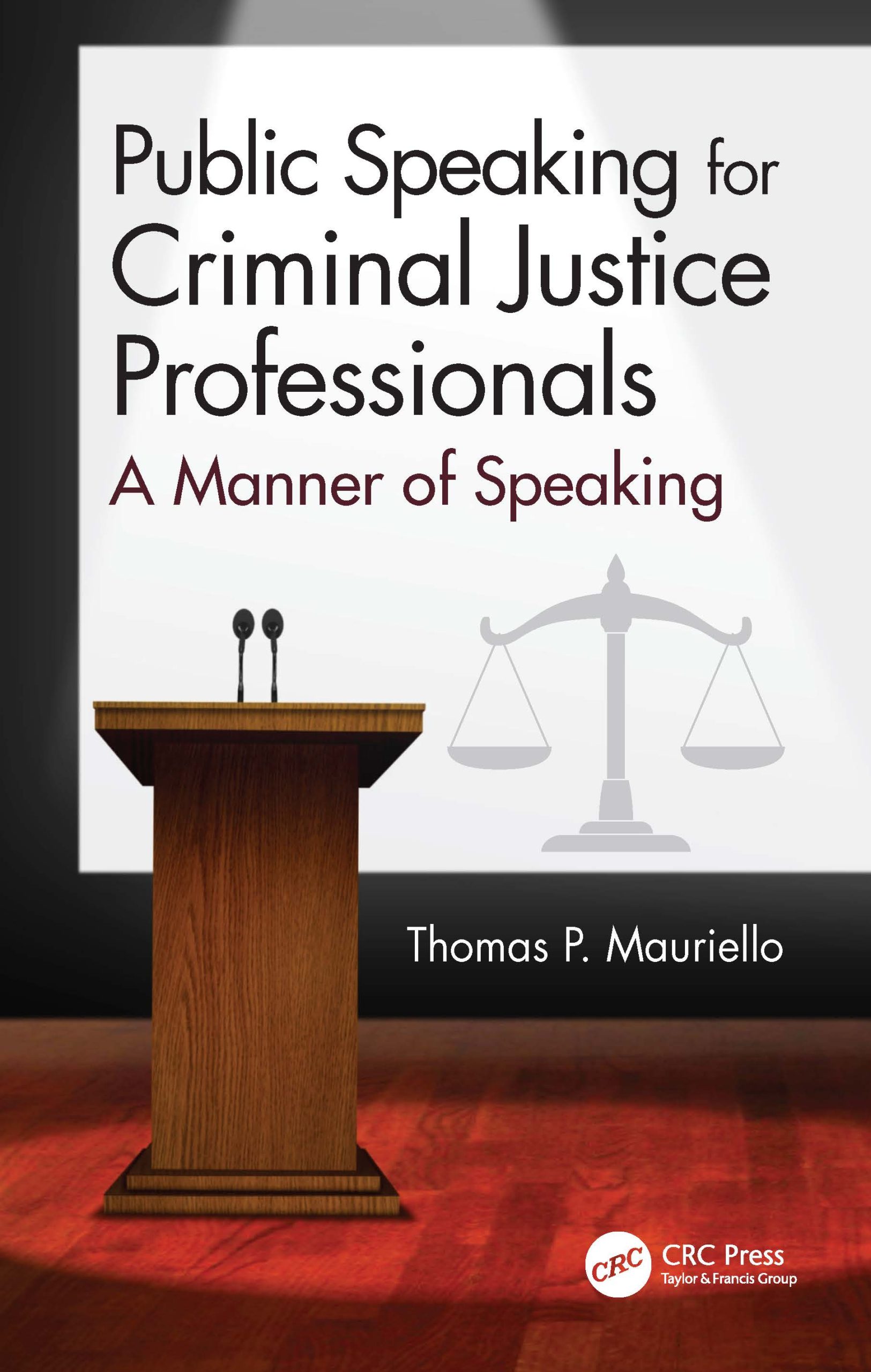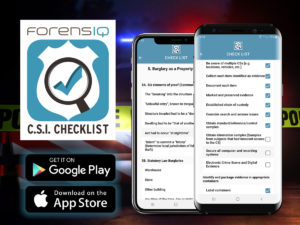Lab Uses Wrong Chemical in 2,500 Methamphetamine Test in Santa Clara County
Earlier this year Mark Burry, crime analyst at Santa Clara County Lab, used the wrong chemical to conduct preliminary methamphetamine tests on the blood samples of 2,500 arrestees.
In January, Burry apparently grabbed the wrong solution off a shelf and loaded a machine with a more sensitive compound. Another analyst discovered the mistake in March and after retesting the samples, only seven tests had shown a false positive. Fortunately no one is in custody because of a mistaken test. The Santa Clara County Lab is taking extra precautions to better label it chemicals and is conducting a wholesale review of procedures.
Because of his mistake, Mark Burry is no longer assigned to drug testing at Santa Clara County Crime Lab. District Attorney Jess Rosen stated, “Human error will always exist within the criminal justice system; however, it is vital that we quickly find any mistakes and quickly fix them. We did that in this case.”
Interested in reading more? Click here to view the entire article!
Source: San Jose Mercury News
[Abstract written by Noel Andres, ForensIQ Intern, 5/8/14]
Obliterated Serial Numbers in Firearms
A report released by The National Institute of Justice gives a different way to detect compromised serial numbers on firearms. The two most used ways for restoring serial numbers is MPI and chemical etching. These technologies were compared to magneto optical (MO) sensor technology. This comparison revealed that MO sensor technology is a viable and reliable serial number restoration technique. This technique doesn’t damage the sample. Its also safe to use and easy. Also compared to the other technologies it did better in sensitivity, specificity, accuracy, and precision. The MO sensor technology works with multiple layers called wafers. It works by passing polarized light from a light source under influence of an external magnetic field. The light is reflected by the mirror layer after crossing the MO active film (layer). An analyzer eliminates all non‐altered components of the mirrored light beam. The result is a colored image of all magnetic fields over the sensor area where a camera records the image. The draw back of this technology is that it can only be used on flat surfaces and it is more expensive. But because of its positives it can be used as a fall back plan to investigators.
Click here for full article
Click here to read report
Source: Forensic Magazine
[Abstract written by Alicia Terrell, ForensIQ Intern, 050814]
Back to the Basics: Effectively Sketching a Crime Scene
There are numerous pieces of equipment and types of technology that can be used to diagram and map crime scenes. However, it is always good to be able to sketch a scene by hand if necessary. This article provides various tips, guidelines, and pointers, as well as diagrams that can help you sketch a scene effectively and accurately. These tips focus heavily on taking accurate measurements and four basic techniques that can be used to measure a scene.
Click here to read the full article.
[Abstract Written by Walter Tates, ForensIQ-Inc. Intern, 050814]
The ForensicWeek.com Show – “Cybercrime: Unraveling the Human Component” – Episode 60
Want to wear logo apparel with ForensicWeek.com, ForensIQ or UM-CCJS logos, then go to http://forensiq-inc.com/store/ and select from the ForensIQ Online Store.
Prosecution from Gun Buyback
There has been concern around endangering the anonymity factor in the gun buyback program. After Boston’s buyback multiple investigations are underway by police after guns turned in were suspected of being used in possible crimes. The spokesman for the Boston Police Department has stated “The success of the gun buyback isn’t measured in the number of arrests made or cases successfully prosecuted. It’s about getting guns off the streets and making our community safer.” More than 270 guns have been turned in to police. The mayors office stated participants giving guns will not be prosecuted for unlawful possession but their guns will be tested to determine if they were used in crimes. This could cause potential problems for some and deter others from wanting to participate.
Click here for full article
Click here to see below blog item where ForensIQ’s, Tom Mauriello comments on an ABC TV News story discussing this same issue.
Source: Boston Herald
[Abstract written by Alicia Terrell, ForensIQ Intern, 050114]
Gun Buy-back Programs – Do they Stop Crime or Reduce Accidental Deaths?
See this piece on ABC News, WMAR Channel 2 Baltimore, where Tom Mauriello, ForensIQ and University of Maryland Professor comments on gun buy-back programs and how they reduce accidental deaths more than crime.
Criminology Buffs Club At The University of Colorado Gives Students A Glimpse Of The Criminal Justice World
In the fall of 2012, students and faculty at University of Colorado formed the Criminology Buffs Club in order to inform students about the different career paths and opportunities in the field of criminal justice. Television shows and movies about crime scene investigation and law enforcement officers have given the public an inaccurate image of what goes on in the world of criminal justice. The goal of the 32-member Criminology Buff Club is to dispel some of these myths and provide students with a real-life understanding of the criminal legal system.
On April 7,2014 the Criminology Buffs Club hosted a Crime Scene Investigation competition for the students on the University Campus. The student teams were tasked with correctly and accurately collecting evidence from the staged scene as part of the event. The purpose the club’s organized events is to give students exposure to working professionals in the field of criminal justice and to give them real-life insight of what the duties of these professionals consist of.
Aside from the CSI competition, the Criminology Buffs Club additionally organizes multiple discussion panels for students interested in careers in Juvenile Justice, Criminal Justice, and Law Enforcement. Although students participating in these events may not investigate homicides or become criminologist in the future, the Criminology Buffs Club will continue to provide information about career options for these students.
Source: Daily Camera
[Abstract written by Noel Andres, ForensIQ Student Intern, 4/17/14]
Forensic Class at Boy’s Latin School of Maryland Uses Maggots For Criminal Investigation
With talented faculty alongside, students at the Boy’s Latin School of Maryland learn the core values of courage, integrity and compassion while striving for academic and personal excellence. Jim Haluck, instructor of an honors forensic course at The Boy’s Latino School of Maryland, helps students examine the scientific techniques used by criminal investigators in the laboratory to solve crimes.
A new lab entitled Sarcophaga bullata, which deals with meat and maggots in an attempt to determine if drugs were used by a deceased human body, has recently made the news in the forensic world. Instructor Haluck explained, “The boys in honors forensic sciences are loading their test tubes with drug laced ground beef and larvae of Sarcophaga bullata flies. These flies lay eggs on deceased humans and can be used to determine time of death and any drug use by the deceased individual. After about three days of feeding on the drug-laced meat, the boys will extract the maggots and grind them to prepare their body fluids for thin-layered chromatography analysis. The samples taken from maggots will be compared to reference drug Rf values for identification.”
The forensic class at the Boy’s Latin School of Maryland places the students into the shoes of forensic entomologist, helping them obtain a better understanding of the work these professional provide to the field of forensic science.
Click here to read more about the Boy’s Latin School of Maryland and the Forensic Class!
Source: The Boys’ Latin School of Maryland
[Abstract written by Noel Andres, ForensIQ Intern, 4/17/14]
New Technology Helping with Old Cases
New technology is constantly emerging with the aim of creating more effective and efficient means of analyzing, processing, and understanding evidence gathered from crime scenes. These technologies can even help with revisiting cases. The FBI is doing just that and using new technology developed by the bureau called the Next Generation Identification system to reanalyze fingerprint evidence in a cold case from 1997, and opening the door to the re-investigation of other cold cases as well.
Click here to read the article.
[Abstract Written by Walter Tates, Forens-IQ Inc. Intern. 041714]
Bruising Sensor to Determine Child Abuse
A University of Louisville research team has developed a force sensing skin that can be adapted to a child surrogate to identify potential bruising locations during mock laboratory experiments of accidents and abusive events. The presence, distribution and location of bruising on a child’s body can give a roadmap to documenting a child’s exposure to impact. It’s designed to contour to all body regions of the child surrogate to provide this roadmap. This mapping could also show the magnitude of force of each impact. This type of information could be critical in a forensic analysis of a child’s injury. Child surrogates have been used to study motor vehicle crashes to predict injury risk. But these studies have not focused on potential injuries to the skin or soft tissue. The researchers at Louisville want to develop a base of these roadmaps to be associated with various simulated events and compare this to clinical studies.
Source: Science Daily
Click here for full article
[Abstract written by Alicia Terrell, ForensIQ Intern, 041714]
3D Scanning for Illinois State Police
Illinois State Police will start using a 3-D scanner that will allow better record data from crime scenes. This technology will allow juries to virtually be at the scene of a crime. It will allow investigators to be able to reconstruct and preserve evidence easier. The scanner, Leica C10, is on a tripod and uses lasers to capture a room by creating a 3-D image. Once captured these images are uploaded to software to create a 360-degree virtual tour of a crime scene. The scanner was used at a recent shooting and took about four hours to scan images from inside and outside of a crime scene. Though this takes more time the Illinois State Police think it will be worth it. This will greatly improve presentation in the court room.
Source: BND
Click here for full article
[Abstract written by Alicia Terrell, ForensIQ Intern, 041714]
Talk Forensics – Digital Evidence Series
Talk Forensics is a new digital evidence series show that is brought to viewers by DFI News Digital Forensic Investigator© and Forensic Magazine.
The topic for discussion for their debut show is “Warrants.” Join Patrice Galvin, Editorial Director of DFI News and Forensic Magazine, in Episode 1, as the show examines how warrants apply to cell phones, computers, and other types of digital evidence.
Additional topics for discussion will include the Plain View Exception Controversy, Properly Preparing a Search Warrant, and Seeking Proper Legal Authority for Warrants. Talk Forensics seeks to engage and inform viewers about topics specifically related to the field of forensics. For more information about the series or to view the series click on the link below.
Click here for the link to the Talk Forensics digital evidence series!
Source: Forensic Magazine
[Abstract written by Noel Andres, ForensIQ Intern, 4/24/14]
Innocence Project of Texas Working to Prove Innocence of Inmates
The Innocence Project of Texas is a non-profit organization in Lubbock, Texas that offers legal aid to inmates who claim to have been falsely convicted. This organization is affiliated with the law school at Texas Tech University and is comprised of law students, three lawyers, an advisory board, and an office off-campus, who all manage 10,000 files from state prisoners.
Each file contains a letter from an inmate proclaiming innocence and asking for help in proving such in courts. Law students conduct a “needle in a haystack” method, send questionnaires to inmates, and start an investigation on cases where there is some doubt in the inmate’s guilt. The project can have anywhere from 30 to 50 investigations underway at any time; however, many investigations go nowhere, as students soon discover that an inmate might be withholding important facts or that vital evidence has been lost.
The Innocence Project of Texas and other numerous organizations, which are working to prove the innocence of inmates, can be found at multiple public law schools throughout the country.
Interested in reading more? Click here to view the full article!
Source: New York Times
[Abstract written by Noel Andres, ForensIQ Intern, 4/24/14]
ForensicWeek.com Show – examines “Forensic Geology and Underwater Crime Scenes.”
| ForensicWeek.com is airing Episode 58 this Thursday, April 24th at 7:00 PM (EST). The topic for discussion is “Forensic Geology and Underwater Crime Scenes.” The show will examine all the “dirt” there is to know about forensic geology and the real forensic science behind underwater crime scene investigations. Special guest, Dr. Joseph A. Finley, retired FBI Agent, Mineralogy Unit, FBI Crime Laboratory Division and member of their Underwater Search and Evidence Response Team, will share his knowledge and expertise in these fields. So join host, Tom Mauriello and student interns LIVE and archived on www.ForensicWeek.com. Thank you for watching! |
Want to wear logo apparel with ForensicWeek.com, ForensIQ or UM-CCJS logos, then go to http://forensiq-inc.com/store/ and select from the ForensIQ Online Store.
Skin Bacteria Identifies You
We leave more behind than just DNA and fingerprints. We each have bacteria on our hands that can be more unique to us than DNA. According to a study by Rob Knight a microbial ecologist, bacteria on your hands leave a print behind that can be identified with up to 95% certainty. The study tested whether or not skin bacteria could be easily recovered from surfaces and if that bacteria would identify the individuals who had left it behind. He suggests that this can be used alongside DNA evidence or when it is not present. But he cautions that this forensic analysis requires considerable testing and refinement before it can be regularly used in criminal investigations. But once refined this technique could make a significant difference with investigations.
Click here for full article
Click here for Knights study
Source: Business Insider
[Abstract written by Alicia Terrell, ForensIQ Intern, 041014]






